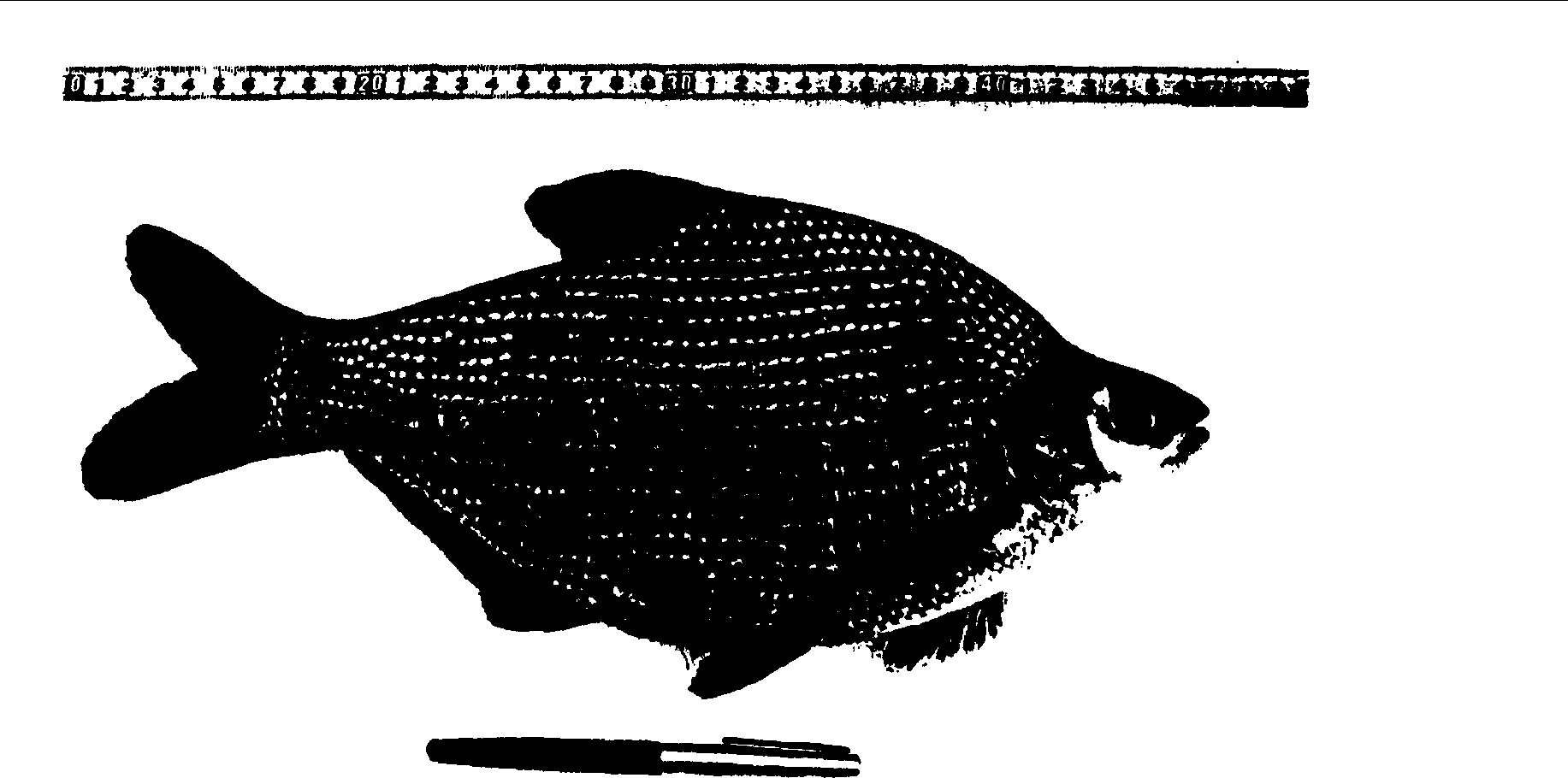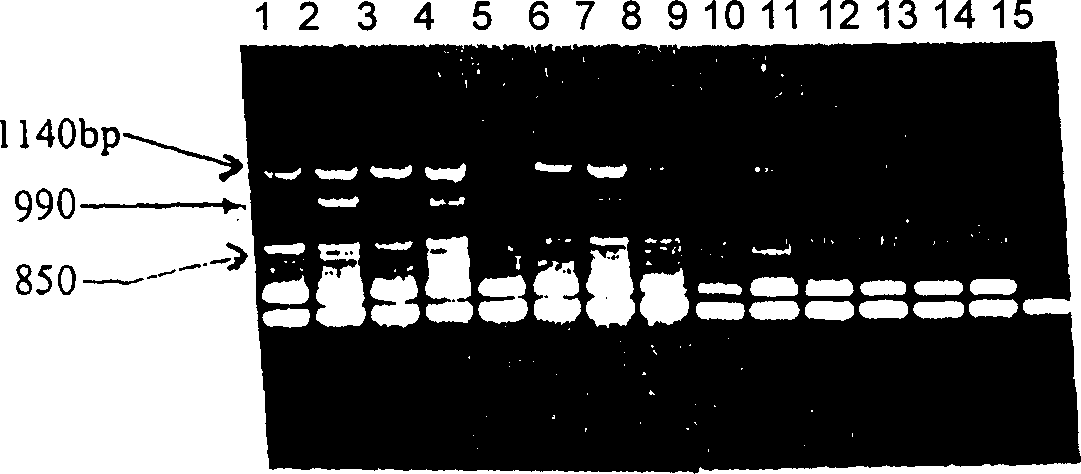Breeding technology for Megalobrama amblycephala pujiang No.1 model
A technology with selectivity and improved varieties, applied in the breeding field of Tuantou bream Pujiang No. 1, which can solve the problems of long breeding cycle and so on.
- Summary
- Abstract
- Description
- Claims
- Application Information
AI Technical Summary
Problems solved by technology
Method used
Image
Examples
Embodiment 1
[0065] Acquisition of candidate fish founder populations
[0066] In 1985 and 1986, two consecutive batches of broodstock of the original species of bream were introduced from the silt lake (30,000 mu) of Hubei Province. At the end of 1985, 15 female fish and 15 male fish were introduced (survival numbers), and at the end of 1986, 46 female fish and 112 male fish were introduced (survival numbers). Half of the next year's breeding offspring with these two batches of fish is the breeding line. Using the traditional group breeding method, two breeding lines were established respectively. The other half was mixed as a control line. In 1992, 2,000 fish species of that year were introduced from the lake, and a control line was added to prevent the possibility of their gene pool being lost in the artificial breeding environment.
Embodiment 2
[0068] Breeding of bream
[0069] In the breeding line obtained in Example 1, strong and well-built larger individuals are selected from generation to generation, and the total selection retention rate from fry to broodstock in each generation is about 3 / 10,000. In 1998 and 1999, the sixth generation (F 6 ). Pujiang 1 is the sixth generation (F 6 ).
[0070] The experiment was mainly carried out at the Nanhui Fish Germplasm Experimental Station of Shanghai Fisheries University. There are 5 fishponds dedicated to the breeding of bream, with a total area of 16 mu, and 24 fish ponds (each 28m2) on the concrete floor. 2 ). At the same time of breeding, the comparative test of growth performance was carried out generation by generation. The test method is to adopt a completely randomized block design, and compare the same pond (pond) of the breeding line and the control line in several ponds (ponds). Clipper marks. Calculate the weight gain rate and survival rate of the f...
Embodiment 3
[0072] Identification of selected breeding lines
[0073] (1) Growth rate
[0074] In the pond fish culture environment in Jiangsu and Zhejiang (polyculture of bream, silver carp, bighead carp, crucian carp, etc., yield 500-750 kg per mu, using green and pellet materials), the average daily increase of Pujiang No. 1 bream in that year It weighs 0.5g, and after 100 days (July-October) of feeding, the body weight can reach 50-60g. In the second instar stage, the average daily weight gain is 3.0g, and after 200 days (May to October) of feeding, the body weight can reach 500-600g. In the third instar stage, the average daily weight gain is 2.7g, and after 200 days (May to October) of feeding, the body weight reaches more than 1000g.
[0075] In the net-enclosed fish culture environment of Gehu Lake (single-raised bream), 50g of fish fingerlings were put in at the end of the year and at the beginning of the year, and the amount reached more than 500g before the National Day. mon...
PUM
 Login to View More
Login to View More Abstract
Description
Claims
Application Information
 Login to View More
Login to View More - R&D
- Intellectual Property
- Life Sciences
- Materials
- Tech Scout
- Unparalleled Data Quality
- Higher Quality Content
- 60% Fewer Hallucinations
Browse by: Latest US Patents, China's latest patents, Technical Efficacy Thesaurus, Application Domain, Technology Topic, Popular Technical Reports.
© 2025 PatSnap. All rights reserved.Legal|Privacy policy|Modern Slavery Act Transparency Statement|Sitemap|About US| Contact US: help@patsnap.com



